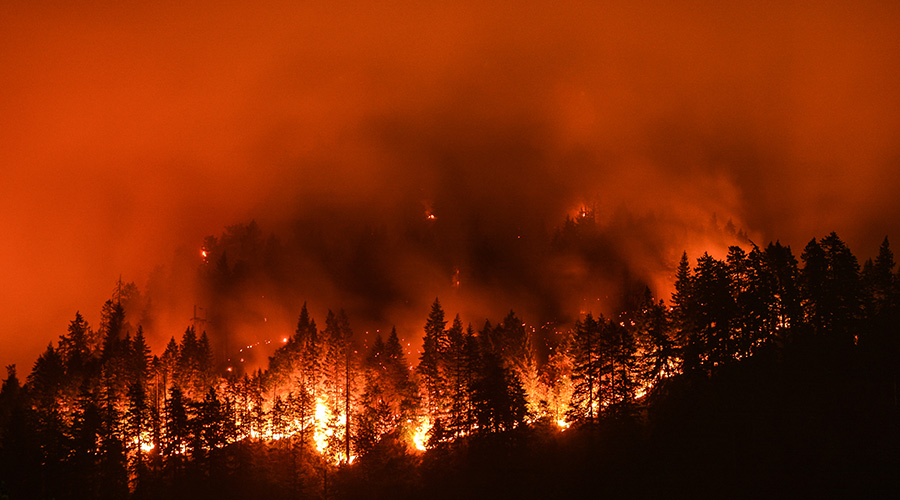
Forecasters Predict Another Challenging Wildfire Season
While number of fires are expected to be fewer, poor air quality expected to continue in parts of the country May 1, 2024
By Dave Lubach, Executive Editor
The images of wildfire season last summer across the U.S. remain seared in the minds of many across the country.
Facility managers across the country were suddenly faced with challenges on how to keep harmful particles from the fires out of buildings at their institutional and commercial facilities as many cities saw record levels for poor air quality including New York City, where one specialist described the air as the equivalent health hazard as “smoking five-to-10 cigarettes a day.”
As another wildfire season approaches, AccuWeather experts have released the 2024 U.S. Wildfire Forecast and it’s sort of a good news/bad news situation.
The good news first: this year’s season is projected to fall below the historical averages. The bad news: is that while fewer wildfires are forecast to burn, their effects are still projected to have major impacts on air quality in the Northern U.S.
AccuWeather is predicting that 35,000 to 50,000 wildfires will break out in the U.S. this year, burning 4 million to 6 million acres. Those numbers pale in comparison to the historical national average of more than 68,700 wildfires burning 7 million acres. Last year, the National Interagency Fire Center said that nearly 2.7 million acres of land burned from wildfires in the U.S.
What grabbed much of the attention for Americans last year was what happened in Canada, where 45.7 million acres of land burned, creating apocalyptic scenes in cities like New York. A mild winter that featured less snowpack in Canada and resulting in drier soil and dried-out vegetation, is expected to set the stage for more wildfires and more smoke in the U.S. from these fires.
Forecasters are predicting that the Texas and Oklahoma panhandles and parts of New Mexico, Michigan, Minnesota and Wisconsin face the highest risks of significant wildfires.
Dave Lubach is the executive editor for the facilities market.
Next
Read next on FacilitiesNet












